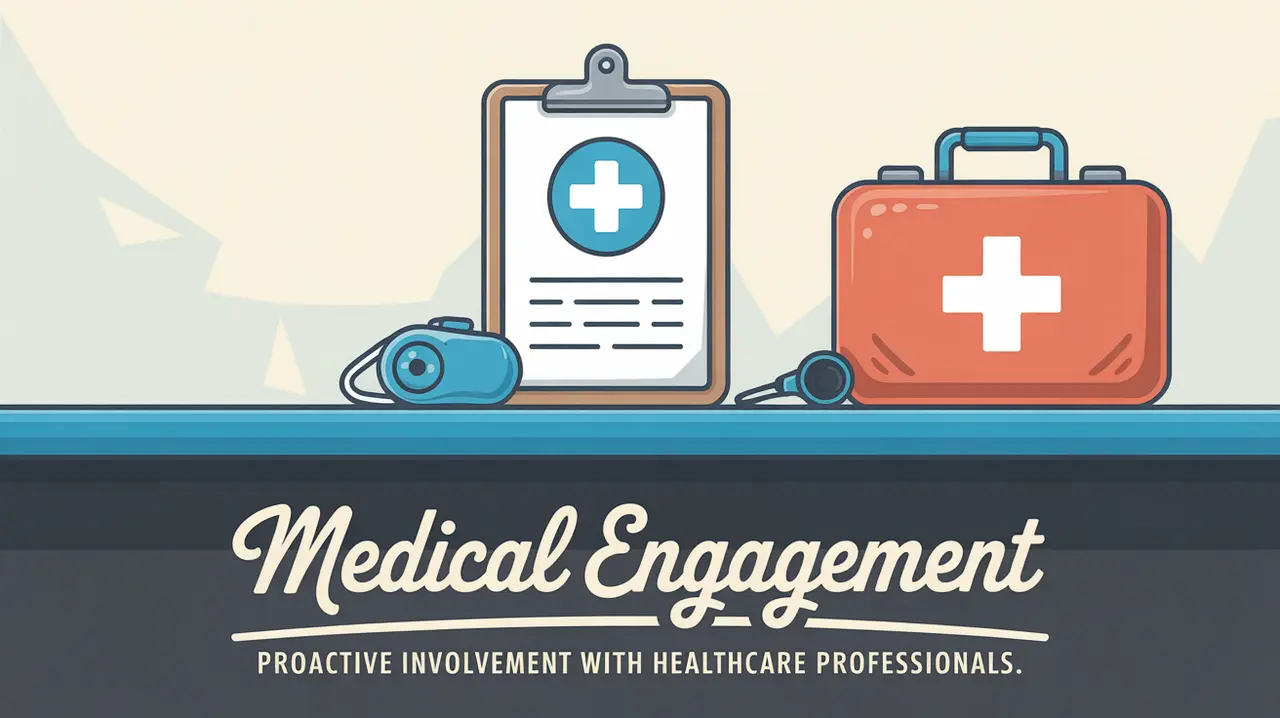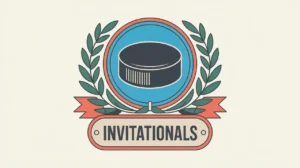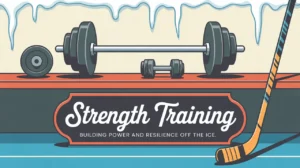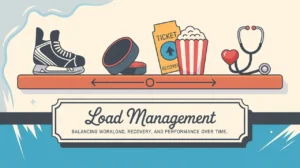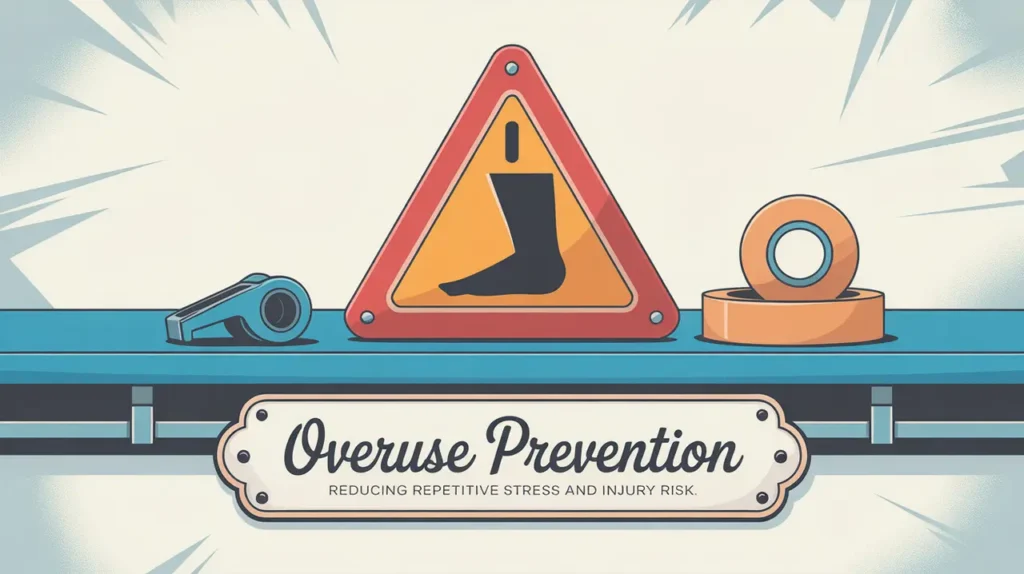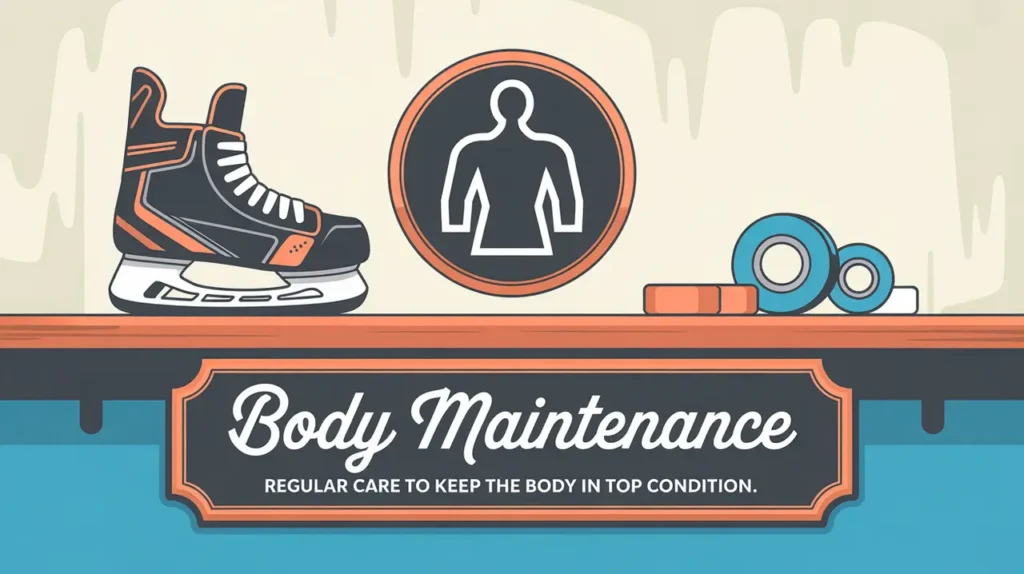Jim’s Intro to Medical Engagement
Hi folks, Jim here, the only commentator who once tried to fix my own knee injury with duct tape and Windex. When I finally went to the doctor, I guess I was fair game. They couldn’t help but giggle.
What is medical engagement?
Medical engagement is the proactive and ongoing relationship between players and qualified healthcare providers to support injury prevention, diagnosis, treatment, and recovery. It goes beyond emergencies and includes regular check-ins, honest communication, and coordinated care when needed.
How does it work?
Medical engagement works by making health a team effort:
- Baseline Evaluations: Physicals, concussion baselines, and health histories help track changes over time.
- Prompt Reporting: Players and parents share symptoms or injuries early rather than waiting for them to worsen.
- Specialist Access: Involving athletic trainers, physiotherapists, sports doctors, or orthopedists when appropriate.
- Clear Protocols: Following medical guidance for recovery, rehabilitation, and return-to-play timelines.
- Season-Long Collaboration: Staying in touch with medical professionals throughout the year, not just during crises.
How do you make good decisions with it?
- Establish Trusted Relationships: Find professionals experienced in sports and youth hockey.
- Act Early: Address injuries or health issues at the first sign of trouble.
- Follow Return Protocols: Don’t rush the process. Healing fully matters more than a single game.
- Communicate Across Roles: Make sure coaches, trainers, and doctors are all on the same page.
- Document Everything: Keep records of injuries, treatments, and clearances to guide future decisions.
How do you master it?
Mastering medical engagement means making health part of the hockey ecosystem, not a separate afterthought. Players who build strong relationships with medical professionals tend to recover better, stay healthier, and develop more sustainable careers.
What does it look like when done right?
Good medical engagement looks coordinated and responsive. Issues are caught early, treated properly. Players return to the ice confident and fully ready, not rushed or uncertain.
Commentator’s Corner
Jim’s Take
A good medical team is like a solid defense pair. You might not notice them when everything’s working, but when trouble comes, they’re your best line of support.
Parent Tip
Build a trusted network of professionals before injuries happen. It’s much easier to act fast when you already know who to call.
Player Tip
Be honest about what you’re feeling. Doctors can’t fix what they don’t know, and toughing it out can make things worse.
A Final Thought
Medical engagement is about playing the long game. Master it, and you create the foundation for a healthy, sustainable hockey journey.

